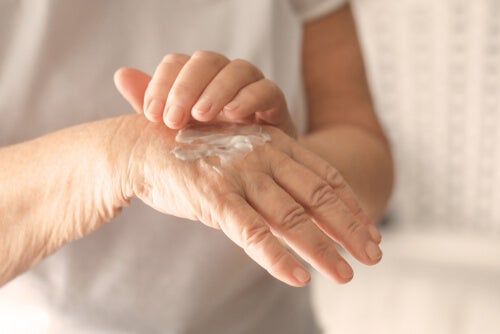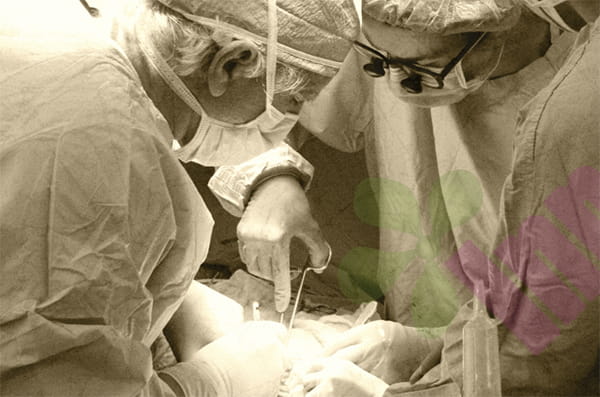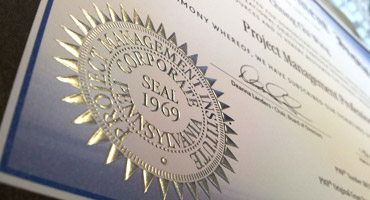Skin avulsion is a serious type of trauma, referring to the tearing or detachment of the skin and subcutaneous tissue under external force. This type of injury is commonly seen in traffic accidents, being run over by machinery, and other severe external forces; improper treatment can lead to serious complications.

What are the typical characteristics of skin avulsion injuries?
The injury is usually extensive, with the skin separating from the underlying tissue to form a cavity. The avulsed skin flap has impaired blood supply, appearing pale or cyanotic, and has a decreased skin temperature. The wound is severely contaminated, often containing mud, debris, and other foreign matter. Active bleeding may occur, and the injury may extend to the fascia or muscle layer. The patient experiences severe pain and may develop shock.
How to evaluate?
Observe the skin flap color: bright red indicates adequate blood supply, dark purple suggests obstructed venous return, and pale white indicates insufficient arterial blood supply. Test skin temperature; a significantly lower temperature compared to healthy areas indicates a poor prognosis. A needle prick test will show bleeding; no bleeding or only dark red blood indicates impaired blood circulation. A capillary refill time exceeding 2 seconds is abnormal. Doppler flowmetry can accurately assess blood flow.
How to handle this?
Apply immediate pressure to stop the bleeding, but avoid damaging the avulsed skin flap. Cover the wound with sterile, moist saline gauze to prevent drying. Properly secure the avulsed skin flap to prevent further damage. Thoroughly debride the wound to remove all necrotic tissue and foreign bodies. Choose the repair method according to the extent of the injury, either direct suturing or skin flap transplantation. Administer tetanus antitoxin to prevent infection. Use broad-spectrum antibiotics to control infection.
What precautions should be taken when performing wound cleaning?
Remove contaminated tissue gradually from the outside in. Preserve any remaining healthy skin tissue. Carefully examine areas of burrowing. Rinse the wound thoroughly with ample saline solution. Avoid direct contact of disinfectants with the wound. Achieve complete hemostasis to prevent hematoma formation.
How to choose a wound healing method?
Completely avulsed flaps with no blood supply should be excised and grafted. Partially avulsed flaps with good blood supply can be repositioned and sutured. Medium-thickness skin grafts can be chosen for wounds with a good base. Exposed bones, muscles, and tendons require flap grafting. Local flap repair should be considered for joint areas. Cosmetic outcomes should be prioritized for important areas such as the face.
Postoperative care precautions?
Closely monitor the skin flap's color, temperature, and swelling. Elevate the affected limb appropriately to reduce edema. Keep the dressing clean and dry. Avoid pressure or traction on the affected area. Administer prophylactic antibiotics. Provide appropriate analgesia to ensure patient comfort.
Prevention and management of complications?
Infection control requires regular dressing changes and observation. Hematoma formation necessitates timely drainage. Skin flap necrosis requires surgical debridement. Joint stiffness requires early mobilization. Sensory abnormalities require neurotrophic therapy.
For more information on Innomed® Silicone Contact Layer, refer to the Previous Articles. If you have customized needs, you are welcome to contact us; you wholeheartedly. At longterm medical, we transform this data by innovating and developing products that make life easier for those who need loving care.
Editor: kiki Jia

 English
English عربى
عربى Español
Español русский
русский 中文简体
中文简体








